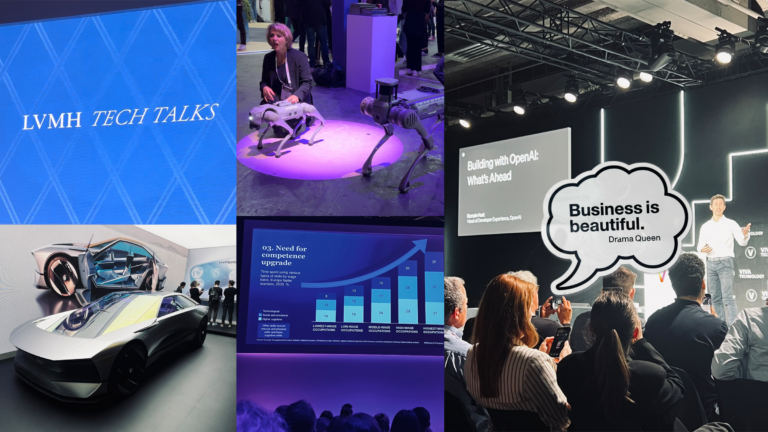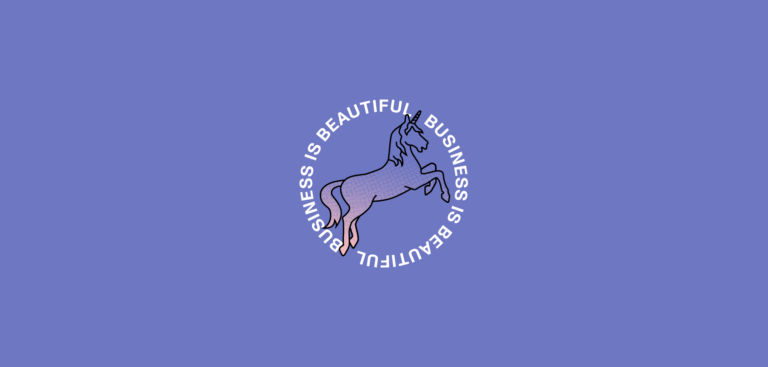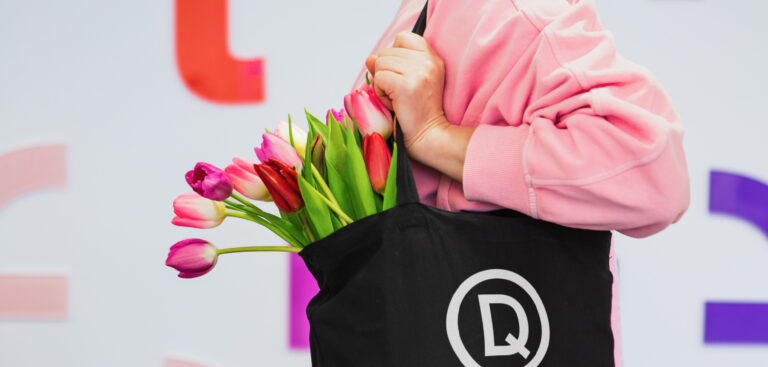
Generative AI and creativity
As we embrace the era of generative AI, we recognise an even amplified importance—and power of creativity. But we also need to consider what this means for the evolution of creativity over time. To a creative who wants to combine communications, technology and creativity, there has never been a better time than now. The AI-assistants surely provide quantity, but how do we ensure quality?
Storytelling, authenticity, cultural curation and ethics are four key areas where creativity will play an increased role of importance, to shape a dynamic alliance between human creativity and artificial intelligence.
Storytelling
At its core, storytelling transcends the medium through which it is expressed. Whether articulated by humans, depicted through text, visualised in art, or animated by AI, the right story remains powerful. And it doesn’t lose that power just because you can reproduce it in a million different ways.
The essence of a powerful story, like "Romeo and Juliet," remains in essence intact whether it's told through an anime, a motion picture, or AI-enhanced mediums. Creatives always need to keep improving in this area (which will also lead to better prompts, so win-win).Authenticity
Authenticity
In a world teeming with AI-generated reproductions, the authenticity of human-created experiences, events and performances becomes invaluable. Consider the impact of a live streetdance performance or the intimate spontaneity of a jazz session. These moments, brimming with human emotion and experience, would not be valuable if just replicated by an AI.
Another thought… communication disciplines that happen IRL, like packaging design, retail design and brand experience, become increasingly important, as they become the proof of the claims made in other media. Tactile, authentic experiences are important.
This also highlights the unique value of human touch—an element that will become even more precious as AI capabilities expand.
The authenticity of creative expressions will rely increasingly on our ability to convey deep emotional narratives, something AI has yet to master. As AI tools grow more sophisticated, preserving this uniquely human aspect will challenge creatives to look deeper into the essence of what makes experiences genuinely resonant.
Cultural Curation
With AI, the role of creatives also moves more into that of a cultural curator. AI can process vast amounts of data, spotting emerging trends and patterns with unprecedented speed and accuracy. Yet, the decision of what is right for a project—what truly captures the vision and meets the goals—remains a distinctly human judgement.
We all have slightly different creative processes, but for me, the process used to be a part of the problem solving. Today, instead, I need to know what the solution “looks like” before I start visualising it. I need to see it in detail, and then ask the AI to render it. Only then do I know if the deviations from my original vision are adding or subtracting from the result. This goes for text, visuals and moving media alike. AI makes a lot of things look “good”, so it can easily “distract” me from what I originally wanted.
Being a “curator” requires integrity together with a strong connection with cultural currents, an understanding of social nuances, art, and an ethical commitment to responsible creativity. As AI presents a broader array of choices, creatives must navigate these options with an informed and critical eye, more discerningly than ever before.
Ethics
The ethical considerations of employing AI in creative domains are perhaps the most delicate. When, where, and how should AI be utilised in creative processes? The integrity of our creative efforts hinges on the answers to these questions.
Topics like data privacy, AI transparency, and the mitigation of cultural and social biases should be at the forefront of any discussion about AI in creativity. AI is used to enhance human creativity, setting guidelines that facilitate innovation while protecting and promoting the values we hold dear.
As AI becomes an integral part of the creative industry, our challenge is not merely to adapt, but to lead with a vision that powers human creativity with technology. By focusing on storytelling, authenticity, cultural curation, and ethics, I think that use of AI will keep delivering better on our agencys promise to our clients to provide a “creative business advantage”, and actually, it’s not all that different from how creativity worked before AI.
So great times for true innovative thinkers. But a lot worse for those who rather imitate.
John Lagerqvist
Executive Creative Director




